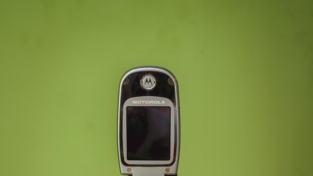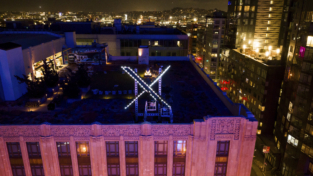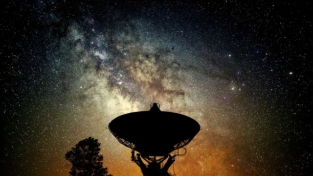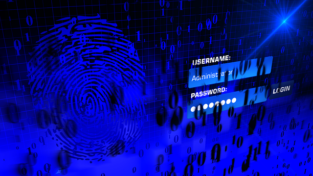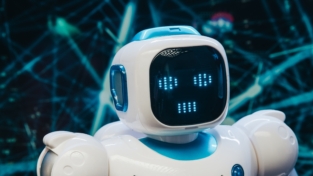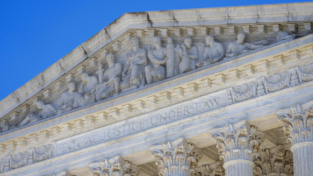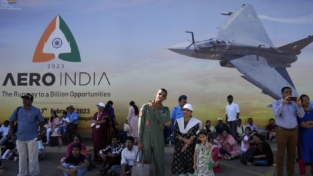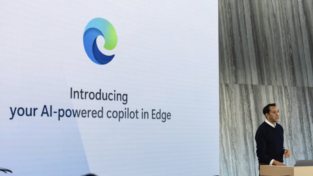Immergersi nell’universo
In prima fila davanti alle meraviglie del cosmo
Gli scienziati del Laboratorio di Astrofisica (LASTRO) del Politecnico Federale di Tecnologia, in Svizzera, hanno sviluppato il software di realtà virtuale VIRUP (Virtual Reality Universe Project) che permette l’esperienza di immergersi nella mappa in 3 dimensioni del nostro universo.
Il software open source VIRUP ricostruisce, in tempo reale, l’universo virtuale basandosi sui più dettagliati dati astrofisici e cosmologici contemporanei.
Nelle foto si vede come appare l’universo attraverso lo schermo a cupola intera presso il Laboratorio di Museologia Sperimentale dell’EPFL (eM+) a Losanna.
(Laurent Gillieron/Keystone via AP)








